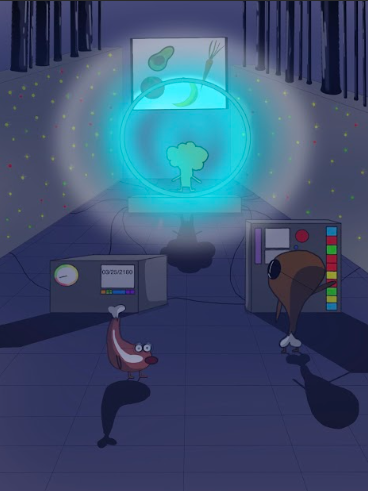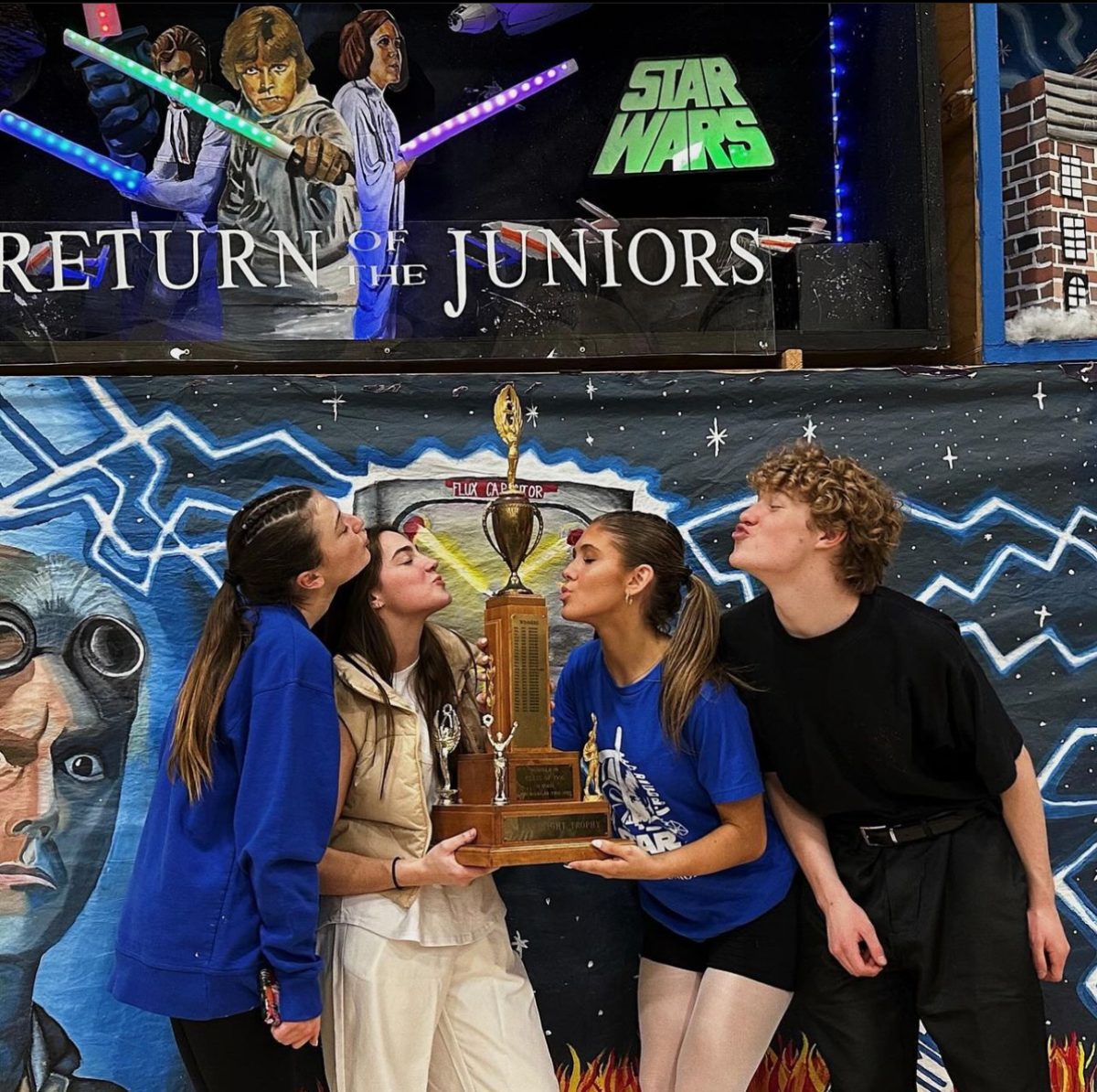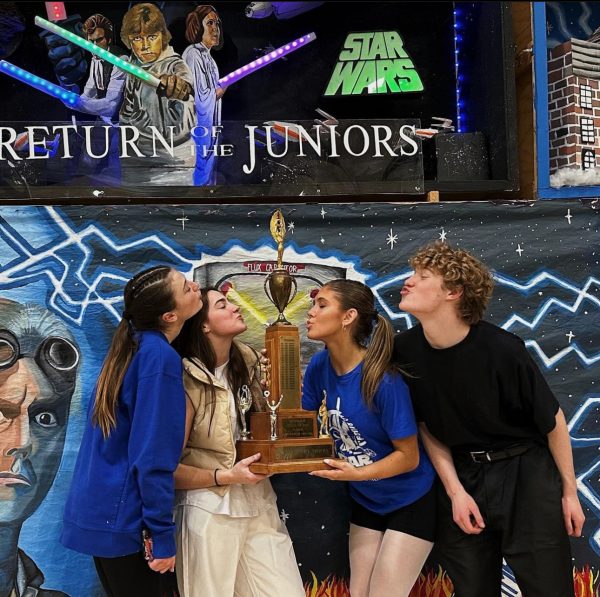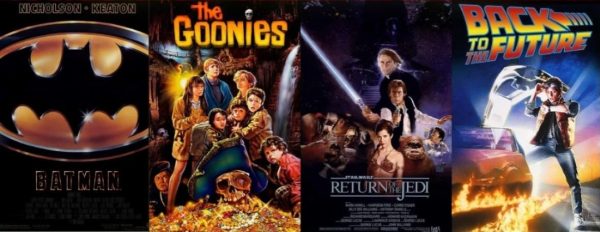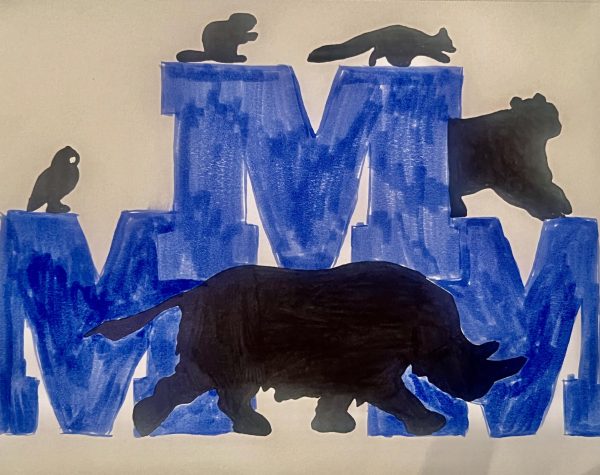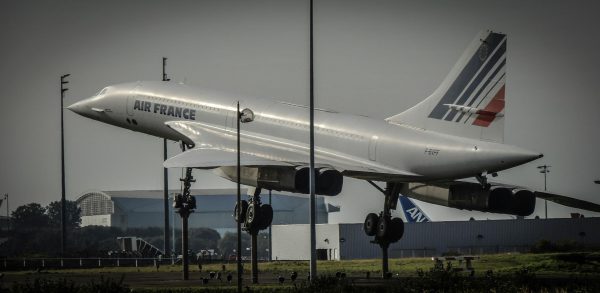Elon Musk’s Interstellar Roadster
After sending a convertible into space in early February, SpaceX has truly found new roads.
SpaceX sent a Tesla Roadster soaring up through the atmosphere at the helm of the Falcon Heavy rocket on February 6. The cherry red convertible was SpaceX CEO Elon Musk’s own, offering it up as a dummy payload for the test launch. Musk was quoted by CNN to have wanted the payload “the silliest thing we can imagine,” delighting at the prospect of “a car drifting apparently endlessly through space and perhaps being discovered by an alien race millions of years in the future.” In good humor, SpaceX has repeatedly commented the roadster’s 58,000 km warranty is now void.
“It’s nice to see Musk is using his money for space exploration; that doesn’t get much attention anymore,” sophomore Jimmy Parco stated.
The roadster’s driver, the aptly named mannequin “Starman”, quickly became a media sensation as millions across the world tuned-in to SpaceX’s livestream of the launch. Popularity was so great engineer and self-described “space nerd” Ben Pearson used NASA data to create Whereisroadster.com, a site solely devoted to predicting the roadster’s position in the solar system.
“I think it’s pretty amazing how we have the technology to make it happen,” said sophomore Ethan Renz. “I feel like it’s our moon landing,” added Renz.
Musk’s roadster was an older animal, released on the market by Tesla Motors (now Tesla Inc.) in 2008. At the time, it was the first all-electric sports car in the world, capable of travelling 200 miles off a single charge. Its push start, heralded by consumers and responsible for helping market Tesla as the car brand of the future, had a speed capacity of 0 to 60 mph in just 3.7 seconds.
As of now, the roadster is 0.025 astronomical units—or 2,323,895 miles—from Earth (an astronomical unit is roughly the distance from Earth to the Sun). At its current speed, the convertible is travelling 6,734 miles per hour following a gravitational slingshot out of Earth’s orbit. Consequently, the roadster is now considered a Near-Earth Object by the NASA, and, as a result, is arguably the most well-travelled automobile in history, having traversed great distances with speeds thought known to celestial bodies alone.
Nevertheless, the roadster is expected for a close visit with Earth during the latter part of the 21st century. Most scientific authorities point to a close pass of Earth in 2091, ala the famous Haley’s Comet.
When asked what he thought about the roadster’s longevity, junior Lucas Chaparro commented, “It’s a great idea, honestly. I’m happy with it. If I could put my car in space, I would too.”
Since materials such as metal and plastic cannot wear in the vacuum of space—being absent of the oxidizing agents which induce rusting on Earth—the car may well be in pristine condition should Musk’s descendants go to collect the vehicle for storage as a historical exhibit in some futuristic museum (never mind their surprise at the realization their newly discovered cosmic voyager will still be street operable).
Meanwhile, the next generation of Tesla’s car brand is scheduled to hit dealerships two years from now. To say the least, it has a lot to prove when it arrives.
I am a sophomore contributor to Horizon, a New York resident since 2002, and child of the New Millenium.









